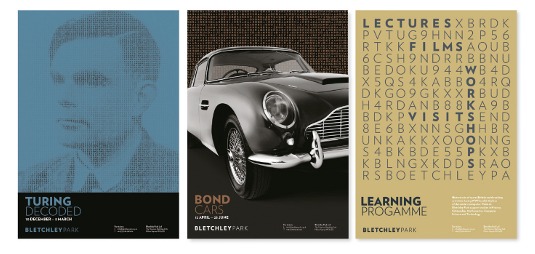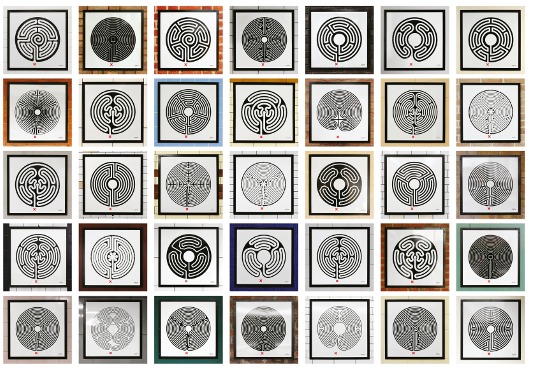Behind the scenes at award-winning branding experts, Rose
We pay a visit to Rose – a Best of Show winner at the Brand Impact Awards – and tour its hugely characterful studio.
When Simon Elliot and Garry Blackburn founded Rose in 1999, each had already built up a strong design reputation. The studio has gone on to work with a huge range of iconic cultural institutions - including BAFTA, D&AD, the National Portrait Gallery, Tate and the V&A - as well as the likes of Virgin, Unilever and the BBC.
Was it a deliberate move for the studio to specialise in the cultural sector?
Simon Elliott: It's partly born out of my background at places like Pentagram. We had a great heritage of working with people like the English National Opera, so I had a good knowledge of how that sector works.
As co-founders, how do your design skills complement each other?
Garry Blackburn: Ideas are important, but it really matters to us to craft them beautifully. Simon has an ability to make everything look beautiful. The cultural clients we work with are interested in that, but also recognise the logic behind the decisions and the practicality of solving commercial problems.
SE: The fact that Gary comes from a corporate identity background really helps institutions use whatever money they have to maximum effect.
Rose is increasingly working with global clients – how did this come about?
GB: We've always worked on two platforms, one corporate and the other arts-based. This works really well internationally. Essentially we're exporting the best of British. Look at China, where Aston Martin sales are going through the roof. There's a real interest in British design at the moment.
SE: I'm going out to St Petersburg and Moscow soon as part of an envoy, and that's down to our cultural specialism: I'm deliberately going out and talking to museums and galleries. We were also fortunate enough to get a call from an Indian client two years ago. Gary and I went out to Delhi, and we've been working with them ever since.
Case study: Bletchley Park rebrand
Rose recently developed a new identity system for Bletchley Park museum - where the Enigma code was famously broken in World War Two. Fittingly, the branding is based around finding patterns in seemingly random jumbles of letters and numbers.
Daily design news, reviews, how-tos and more, as picked by the editors.

"The way they originally recruited the staff in the 1940s was to put crosswords and puzzles in the Telegraph and the like, and make a competition of it," explains co-founder Garry Blackburn. "People would send off their names and addresses and get contacted mysteriously. Those people had brilliant brains."
Junior designer Maja Håkenstad helped craft the pattern element of the brand, translating the concept across everything from posters and business cards to signage and staff uniforms.
Case study: Mark Wallinger: Labyrinth
One of our Best of Show winners at the inaugural Brand Impact Awards, Mark Wallinger: Labyrinth is a fascinating project from Art on the Underground that saw 270 unique pieces of artwork installed in every single Tube station on the network.
Senior designer Rupert Gowar-Cliffe helped make the project happen: "We knew the artwork would remain on the underground for ever; it would have a legacy," he explains. "Each piece was unique, and Mark had done lots of research to identify designers to create them. Our involvement was to make sure all the different elements came together."

And finally…
Garry Blackburn and Simon Elliott conclude by exploring how Rose's portfolio of work for iconic British institutions is expanding with more international clients.
This article originally appeared in Computer Arts issue 225.

The Creative Bloq team is made up of a group of art and design enthusiasts, and has changed and evolved since Creative Bloq began back in 2012. The current website team consists of eight full-time members of staff: Editor Georgia Coggan, Deputy Editor Rosie Hilder, Ecommerce Editor Beren Neale, Senior News Editor Daniel Piper, Editor, Digital Art and 3D Ian Dean, Tech Reviews Editor Erlingur Einarsson, Ecommerce Writer Beth Nicholls and Staff Writer Natalie Fear, as well as a roster of freelancers from around the world. The ImagineFX magazine team also pitch in, ensuring that content from leading digital art publication ImagineFX is represented on Creative Bloq.
